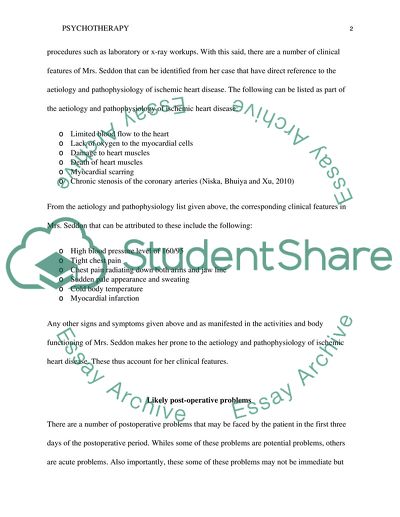Cite this document
(“Physiotherapy Treatment Plan Assignment Example | Topics and Well Written Essays - 2500 words - 1”, n.d.)
Retrieved de https://studentshare.org/health-sciences-medicine/1661609-physiotherapy
Retrieved de https://studentshare.org/health-sciences-medicine/1661609-physiotherapy
(Physiotherapy Treatment Plan Assignment Example | Topics and Well Written Essays - 2500 Words - 1)
https://studentshare.org/health-sciences-medicine/1661609-physiotherapy.
https://studentshare.org/health-sciences-medicine/1661609-physiotherapy.
“Physiotherapy Treatment Plan Assignment Example | Topics and Well Written Essays - 2500 Words - 1”, n.d. https://studentshare.org/health-sciences-medicine/1661609-physiotherapy.


